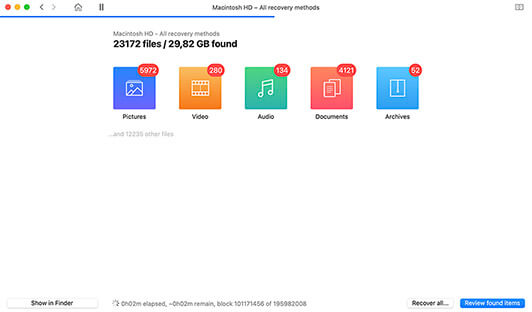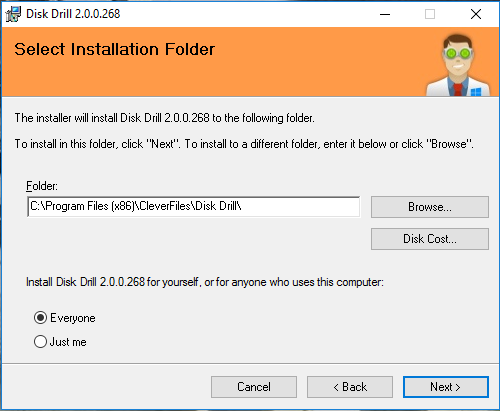

- How to use disk drill for android#
- How to use disk drill pro#
- How to use disk drill free#
- How to use disk drill mac#
- How to use disk drill windows#
How to use disk drill mac#
How to use disk drill free#
How to use disk drill for android#
There is also a provision to preview your photos, videos, and other data types and select what you wish to recover.ĭisk Drill for Android can also get back your files that are lost under different scenarios.

Once the data is retrieved, Disk Dill Android for Windows/Mac would present filters to get exact results. It is mostly recommended to run a deep scan, which might take more time, but its results would also be better. You can perform a quick scan if you are running short on time. This includes devices from manufacturers like Samsung, LG, Sony, Lenovo, Google, and more.Īs of now, the Disk Drill Android version supports a quick and deep scan. The extracted content would be listed under different categories.Īfter doing the Disk Drill for Android download, you can use it to retrieve data on various Android devices. Using Disk Drill for Android, you can get back your lost photos, videos, audios, documents, contacts, messages, archives, and other data types. Therefore, you can use it to recover files from an Android device or its connected SD card.
How to use disk drill pro#
Pricing for the PRO version isn't ideal for home users, sadly, but this aside, Disk Drill is an excellent recovery option for Windows.Part 1: Disk Drill for Android Review: Features, Pros, and ConsĪs stated above, Disk Drill is a complete data recovery tool that can help you get back your lost, deleted or inaccessible content from any internal storage or an external source. It's ability to effortlessly mount and read a previously unmountable USB flash drive and to recover the data from it within a comparatively small timeframe proves that Disk Drill is a recovery tool that you should be considering. Disk Drill's complete collection of features for every imaginable platform and scenario are impressive enough. Based on what we've seen in testing, this seems unfair.
How to use disk drill windows#
Final verdictĭisk Drill for Windows has lived under the shadow of the macOS "original" for quite some time. In short, all contact options are available to help troubleshoot recovery issues. You can contact support by filling out a form or through live chat (Image credit: CleverFiles)įailing that, a live chat service is available, and you can also get in touch with Disk Drill on Facebook, Twitter, Reddit, and LinkedIn. If these documents don't solve your problem, the detailed Lost file recovery university (Disk Drill's knowledge base) almost certainly will.

To help you out, a comprehensive selection of tutorials is provided on the website, covering everything from recovering data from specific device types, platforms, and file types. But what happens when you run into problems? Supportĭisk Drill is easy to use and it's fast. That's a good result, and indicative of similar performance on larger devices – assuming optimum conditions. In testing, Disk Drill repeatedly returned the contents of the unmountable 16GB USB drive within five minutes. Unsurprisingly a 250GB SATA disk can be scanned and data recovered quicker than a 1TB HDD. The size of the disk, its condition, the connection type, and the type of recovery chosen all contribute to the length of time required.

Various factors impact performance when using recovery software. Once complete, you simply select the files you wish to recover – using the filter on the left pane to find specific file types - click Recover, then select where to save them. A quick scan obviously completes faster than a deep scan, but whichever option you choose, Disk Drill displays a status page to show the progress so far. Select the drive or partition to be recovered, click the recovery type drop-down menu on the right, choose the recovery type, then click the Search for lost data button.ĭisk Drill gives the option of individual or all recovery methods. Recovery with Disk Drill is incredibly simple. The option to attach a disk image is also here – useful if you have an image of an old disk drive that might have some vital documents stored on it. You'll see all internal storage, along with any attached devices such as USB devices and SD/CF cards. Disk Drill's user interface makes it easy to find your drives as well as your files (Image credit: CleverFiles)ĭisk Drill's main screen lists attached devices.


 0 kommentar(er)
0 kommentar(er)
